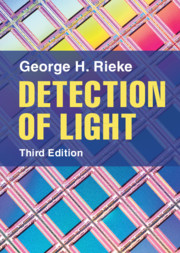We leverage new ultra-deep, high resolution, multi-frequency radio imaging at 6 and 3 GHz with the unique datasets available in the GOODS-S/HUDF region in order to assess the AGN fraction in a faint radio-selected sample. For AGN identification, we adopt a multi-wavelength approach, combining X-ray and (mid-)infrared (IR) selections with radio identification such as X-ray to radio excess, flat radio spectral slopes, and the radio-IR correlation. We identify AGN in 43% of our radio sample, yielding an AGN source density of ∼ 1 arcmin−2. This AGN fraction is likely underestimated, as 1) our shallower 3 GHz data is biased against flat radio spectrum sources and 2) all of our selections may be biased against the most heavily obscured AGN. The James Webb Space Telescope’s Mid-Infrared Instrument (MIRI) will address the latter issue and we briefly outline our Cycle 1 Guaranteed Time Observation (GTO) program to search for heavily obscured AGN.
